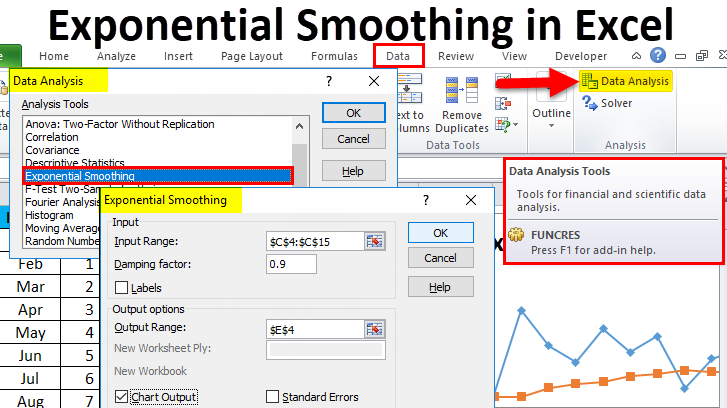

Consult your favorite numerical methods book for more information. The body of literature covering finite difference methods is vast. In these cases, it's usually more efficient and easier to use iterative methods to solve the system. In this case, with such a small number of equations, you can use matrix formulas discussed in Recipe 9.4 to solve for the unknown u-values.įiner computational grids, or meshes, result in a larger number of nodes and thus a larger system of equations. Applying the above finite difference equation at each node would result in a system of four equations and four unknowns.

It's this resulting system of equations that can be solved in Excel.įor example, a rectangular domain divided into nine equal-sized cells would contain four interior nodes where values of u are sought. In any case, writing this finite difference approximation at each node in the computation grid results in a system of equations that must be solved to find the u-values at each node. Typically, a ghost particle technique is used in the case of Neumann boundary conditions. Type, MMULT(.6 answers Top answer: This page gives the following simple method: Enter the coefficient matrix in an nxnrange. will appear once the system of equations is solved using Excel Solver. Enter in the vector of constants in a n-tall column. OpenSolver offers a range of solvers for use in Excel, including the excellent, Open Source, COIN-OR CBC optimization engine which can quickly solve large. In Excel, we have Excel Solver, which helps us solving the Linear Programming. Nodes adjacent to boundary nodes with Dirichlet boundary conditions will include the specified value at the boundary node. Enter the coefficient matrix in an nxn range. Use the MMULT function to return the product of matrix A -1 and B. This equation must be satisfied at every node. Use the MINVERSE function to return the inverse matrix of A. Substitution of these finite difference approximations into the Laplace equation yields the following finite difference equation: Here, I'm assuming the node spacing is uniform and the same in both the x and y directions. Similarly, the finite difference approximation for uyy is: You will see in the following illustration, that the first step of all Excel solutions is to correctly define the function we. If we discretize the problem domain as describe a moment ago, then at each node illustrated in Figure 12-1, we can approximate the second partial derivative of u with respect to x using the following finite difference approximation: These finite differences could be forward differences, backward differences, or central differences, and they are used to approximate the derivatives appearing in the governing partial differential equations at each node in the computational grid. The governing differential equation is then written in terms of finite differences (see Recipe 10.6). The intersections of grid lines then represent computational nodes where the value of the function sought will be approximated.

The basic idea of the finite difference method is to divide the problem domain into a finite number of cells, forming a grid. Paul DuChateau and David Zachmann, Applied Partial Differential Equations (Mineola, N.Y.: Dover Publications, 2002 originally published 1989 by Harper & Row). DuChateau and Zachmann give a pretty good introduction, with examples, on the application of the finite difference method to partial differential equations in their book Applied Partial Differential Equations. Virtually every book I've ever read dealing with partial differential equations covers the finite difference method to some degree. The finite difference method is a well-known and well-established numerical method suitable for solving partial differential equations. Use Excel's matrix functions to solve the system of finite difference equations. Exam 9 - Solving for factors in a Multifactor APT Model (BKM Ch. Types of CAS Problems with Systems of Equations. This works in the Pearson Vue environment as well, so it can be a handy shortcut on the CBT exam. In this section we examine methods of finding roots of non-linear equations such as polynomial (3JC3 - lx2 - 22x + 40 = 0) and transcendental (exp(-x) - sin(x) = 0).You've formulated the finite difference equations for an elliptic boundary value problem and now you need to solve the resulting system of equations. If you have a system of linear equations, you can quickly solve it with Linear Algebra using the Matrix formulas in Excel.


 0 kommentar(er)
0 kommentar(er)
